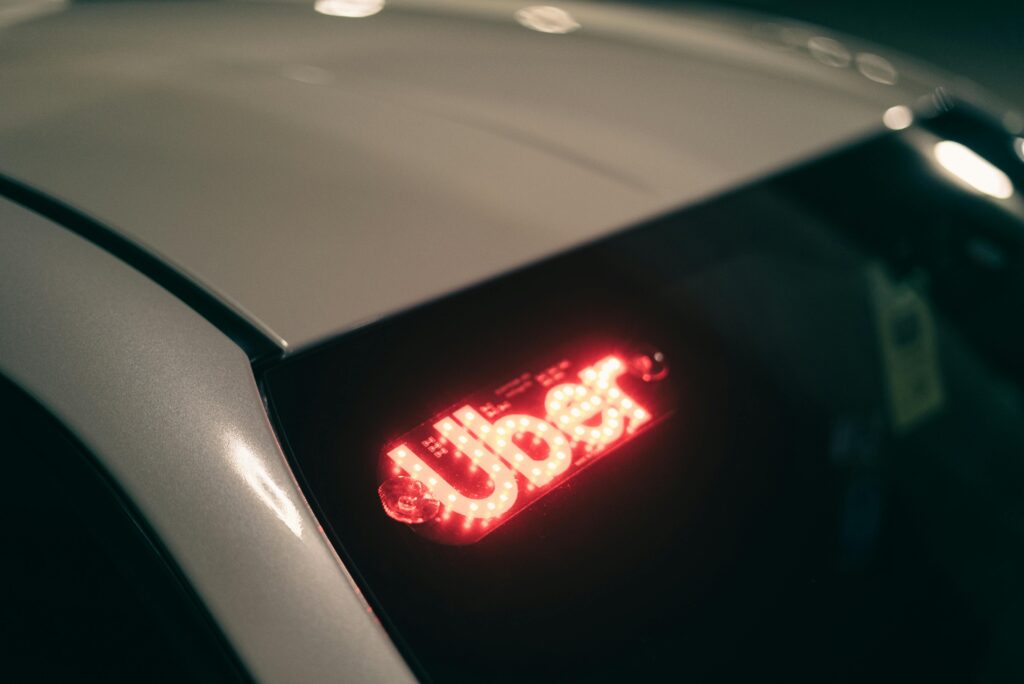
Do: Understand Regulatory and Legal Barriers
✅ Example: Apple’s Entry into India
Before aggressively marketing in India, Apple had to understand import duties, local sourcing norms, and the country’s strict retail laws. They even adjusted their strategy to include local manufacturing.
❌ Don’t: Ignore Legal Nuances
Example: Uber in multiple U.S. states
Uber grew fast, but often at the cost of legal troubles. In places like Austin, Texas, Uber had to pull out temporarily due to disputes over background check regulations.
Lesson: Compliance isn’t optional. Legal friction can derail your brand reputation and operations.
Do: Build a Local Team and Partner Strategically
✅ Example: IKEA in the U.S.
IKEA took its time adapting to the American lifestyle—larger furniture, more parking space, and different product sizes. Much of this success came from local hiring and U.S.-based partnerships that understood American home habits better.
❌ Don’t: Assume Headquarters Knows Best
Example: Tesco in the U.S. (Fresh & Easy)
Tesco, the UK retail giant, misjudged the American preference for bulk buying and large-format stores. Their top-down strategy lacked U.S. input, and Fresh & Easy was anything but—it flopped within 6 years.
Lesson: Local insight > global arrogance. Always.


